Looking for a simple, mess-free science trick that will wow your kids? Try this magic floating letters experiment using just a spoon, water, and dry erase markers! It’s the perfect blend of science and fun, and it only takes a few minutes to set up. Kids will be amazed when their drawings or letters lift off the spoon and float on water—like real magic! Best of all, this activity is secretly educational, teaching kids about surface tension, buoyancy, and why some materials don’t stick.
This post contains affiliate links.
How to Make Magic Floating Letters
Ready to amaze your kids with a super simple science trick? With just a spoon, water, and a dry erase marker, you can create magic floating letters that lift off and glide across the water. Here’s how to make the magic happen step by step!
Materials:
-
A smooth metal or ceramic spoon
-
Dry erase markers (any color, but bold/dark colors work best)
-
A bowl or shallow dish filled with water
-
Paper towels for cleanup
-
Optional: Q-tips for small adjustments
Instructions:
-
Draw a letter on the back of the spoon using a dry erase marker. Stick to simple, blocky shapes (like “A” or “B”) to start.
Tip: You can also try shapes like hearts or stars.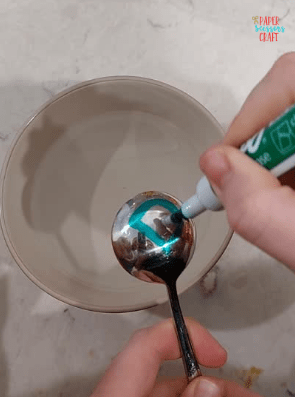
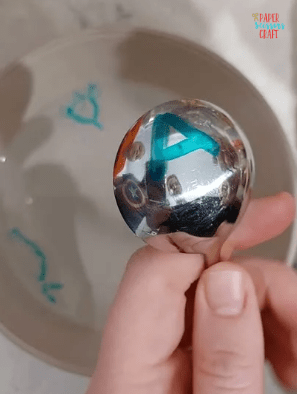
-
Let it dry for just a few seconds—about 5–10 seconds is usually enough.
-
Slowly tilt the spoon into the water, letter-side down. The key is to do this very gently and slowly so you don’t break the shape.
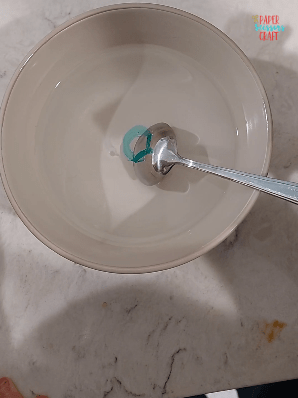
-
Watch the magic! The letter will begin to lift off the spoon and float on the surface of the water!
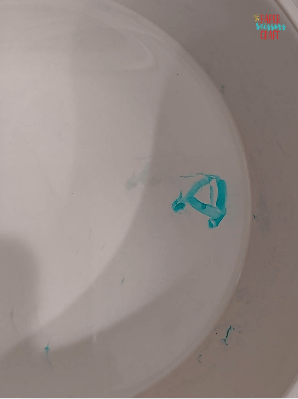
-
If it doesn’t work the first time, don’t worry! Just wipe the spoon clean, dry it, and try again with a slower pour and a simpler letter.
Why It Works: The Science Behind the Magic
Dry erase markers are made with a special kind of ink that doesn’t stick very well to smooth surfaces like glass, metal, or ceramic. That’s why it’s easy to erase them! The ink contains something called a silicone polymer, which makes it slippery and prevents it from bonding tightly to surfaces.
When you draw on the back of a clean, dry spoon, the marker sits on the surface but doesn’t really “stick”—kind of like how oil sits on top of water.
Now here comes the cool part:
When you gently place the spoon into water, the water slides under the ink. Since the marker isn’t strongly attached, the water lifts the ink off the spoon—and the letter starts to float on the surface of the water!
This happens because of something called surface tension—the way water molecules like to stick together. The surface of the water is like a stretchy skin, and it can support the floating ink shapes, especially if you place them gently.
Show Your Kids Some Magic
The floating letters trick is a great way to turn everyday items into a science lesson full of wonder. Whether you’re teaching surface tension or just looking for a cool after-school activity, this experiment is easy to do and endlessly repeatable. Encourage your kids to try different shapes, colors, or even initials to see what works best. It’s hands-on, mess-free, and guaranteed to make science feel like magic!


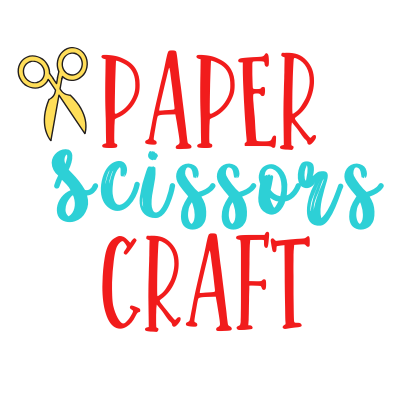
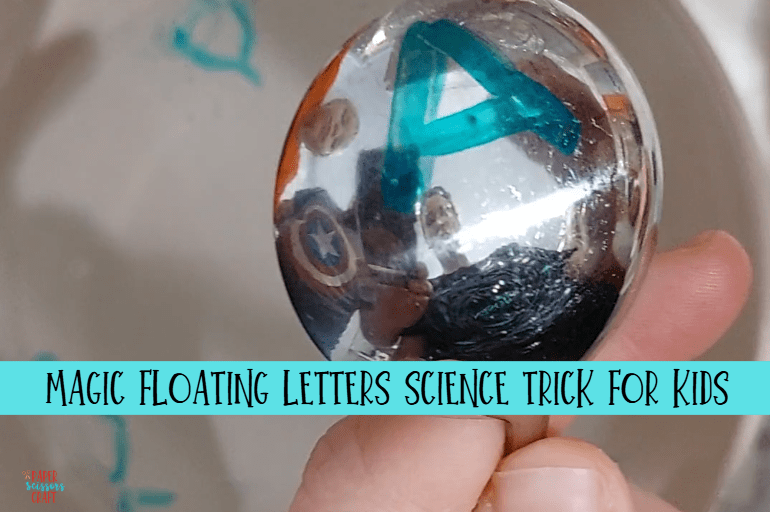


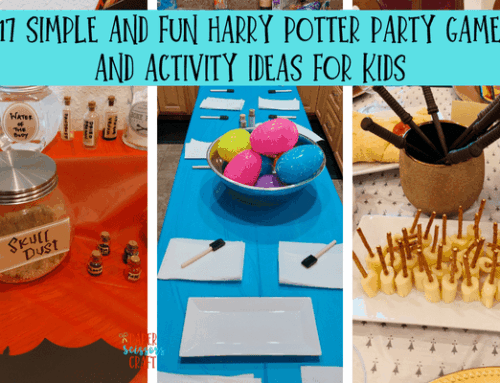


Leave A Comment